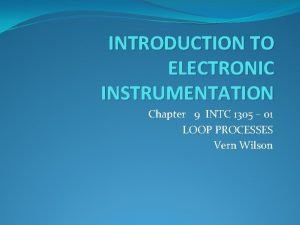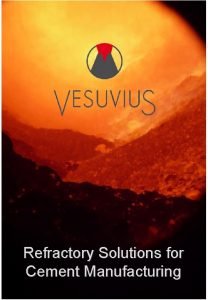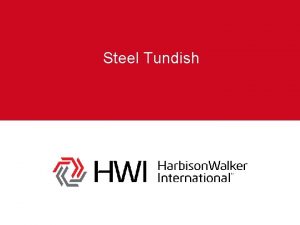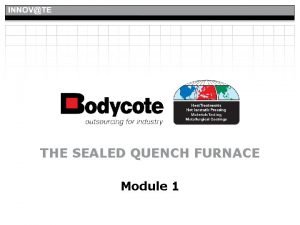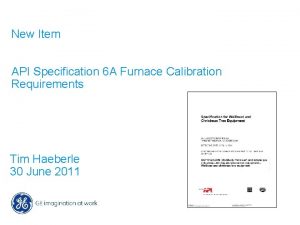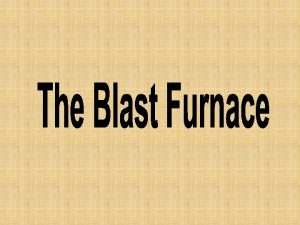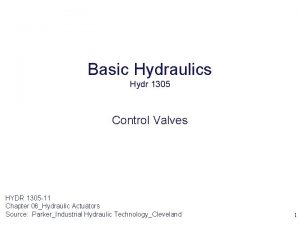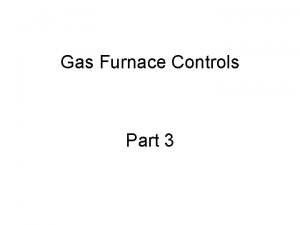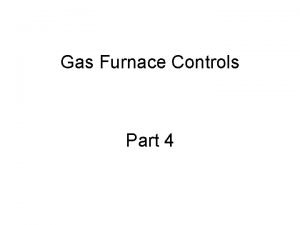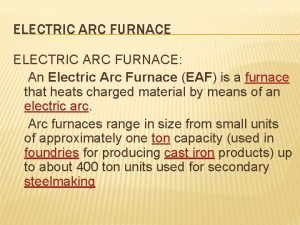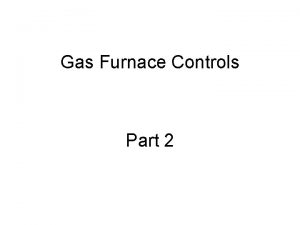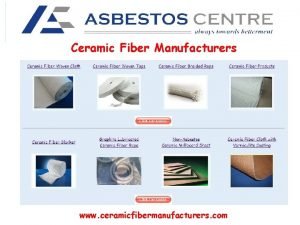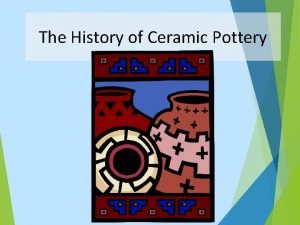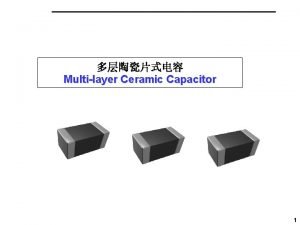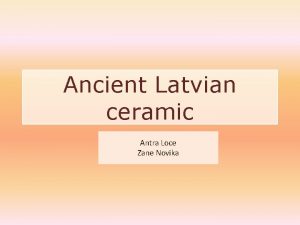Refractories Technology Group1 Ceramic Furnace Refractories 1305 C











![References [1] Ashby, M. (2010). Materials selection in mechanical design. Amsterdam: Butterworth-Heinemann. [2] Ashby, References [1] Ashby, M. (2010). Materials selection in mechanical design. Amsterdam: Butterworth-Heinemann. [2] Ashby,](https://slidetodoc.com/presentation_image_h2/54aa1f76e5e5ad6b118504626282175c/image-12.jpg)
- Slides: 12

Refractories Technology Group-1 Ceramic Furnace Refractories 1305 C 001 BARIŞ KİRAZ 1405 C 018 ECEMNUR TARHAN 1505 C 008 EMRE KOCAKUŞAKLI 1505 C 902 DASUEL CHOI

Refractories Technology Group-2 Steel Furnace Refractories 1305 C 016 GÜLŞAH YALTIRIK 1405 C 016 BILAL ENES OKATAR 1505 C 023 KEREM TIRYAKI

Refractories Technology Group-3 Glass Furnace Refractories 1405 C 007 ONUR ERSEN 1405 C 037 AYŞENUR KÖSE 1505 C 039 BERK ATALA

Outcomes • X • Y • Z

Content • 1. Main Section • 2. Main Section • X. Main Section

1. Main Section 1. 1. Subsection 1. 2. Subsection

1. Main Section • Materials influenced lives in Epictetus’ time and continue to do so today. [1] • In his day, the number of materials was small; today it is vast. [1] • The opportunities for innovation that materials offer now are equally immense. [1] • But advance is possible only if a procedure exists for making a rational choice from the materials on this great menu, and—if they are to be used—a way of identifying ways to shape, join, and finish them. [1] • This book develops a systematic procedure for selecting materials and processes, leading to the subset that best matches the requirements of a design. It is unique in the way that the information it contains has been structured. [1] • The structure gives rapid Access to data and allows the user great freedom in exploring potential choices. The method is implemented in software to provide greater flexibility. [1] Ashby, M. (2010). Materials selection in mechanical design. Amsterdam: Butterworth-Heinemann. Fig 1. 1 Materials-History [1]

1. 1. Subsection 1. Main Section

2. Main Section 2. 1. Subsection 2. 2. Subsection

2. Main Section • Materials influenced lives in Epictetus’ time and continue to do so today. [2] • In his day, the number of materials was small; today it is vast. [2] • The opportunities for innovation that materials offer now are equally immense. [2] • But advance is possible only if a procedure exists for making a rational choice from thematerials on this great menu, and—if they are to be used—a way of identifying ways to shape, join, and finish them. [2] • This book develops a systematic procedure for selecting materials and processes, leading to the subset that best matches the requirements of a design. It is unique in the way that theinformation it contains has been structured. [2] • The structure gives rapid Access to data and allows the user great freedom in exploring potential choices. The method is implemented in software* to provide greater flexibility. [2] Ashby, M. (2010). Materials selection in mechanical design. Amsterdam: Butterworth-Heinemann. Table 2. 1 x-y

2. 1. Subsection 2. Main Section
![References 1 Ashby M 2010 Materials selection in mechanical design Amsterdam ButterworthHeinemann 2 Ashby References [1] Ashby, M. (2010). Materials selection in mechanical design. Amsterdam: Butterworth-Heinemann. [2] Ashby,](https://slidetodoc.com/presentation_image_h2/54aa1f76e5e5ad6b118504626282175c/image-12.jpg)
References [1] Ashby, M. (2010). Materials selection in mechanical design. Amsterdam: Butterworth-Heinemann. [2] Ashby, M. (2010). Materials selection in mechanical design. Amsterdam: Butterworth-Heinemann.

